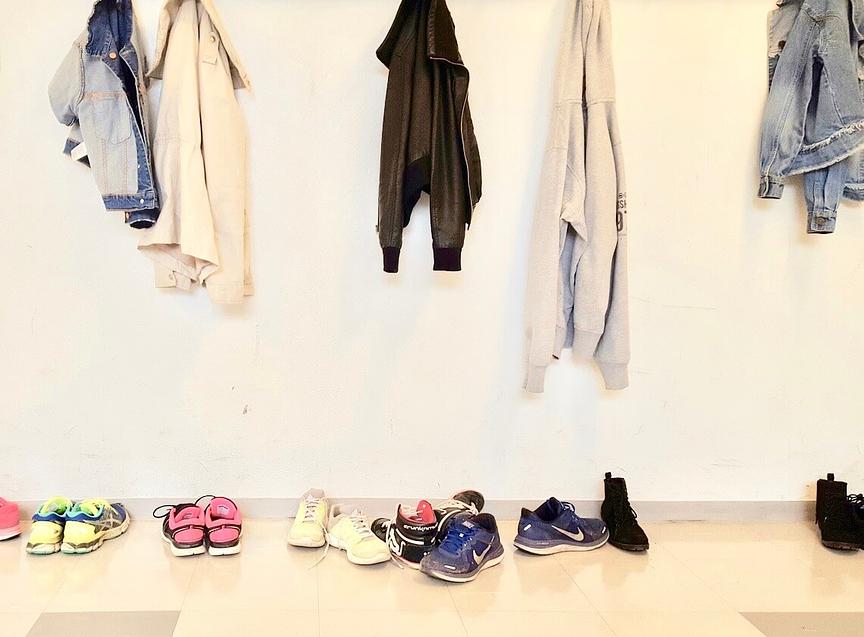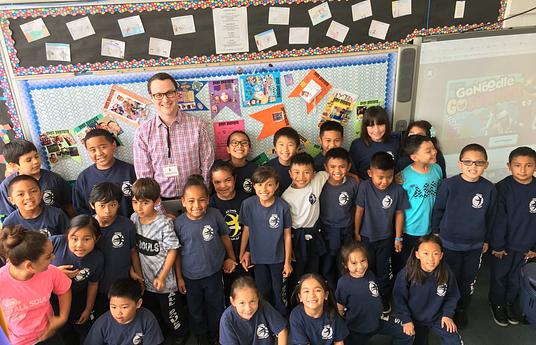Adolescents have many questions concerning sex, sexuality, identity and autonomy. These questions are about the recent developments in their body and mind, but society plays a part, as well. Young people often feel pressured to behave in a certain way and harbor prejudices.
Young people research things routinely and observe everything around them. Everyone develops in their own time and some have their first sexual encounter at the age of 13–15. People usually settle into their gender and sexual orientation during adolescence.
Sex education means learning about the cognitive, emotional, social, interactive and physical aspects of sexuality. Today, sex education seeks to equip young people with the knowledge, skills, attitudes and values they need to determine and enjoy their sexuality – physically and emotionally, individually and in relationships. (WHO)
The framework of sex education corresponds with young people's information needs – even those that are not included in the curricula.
People have access to more information than ever, however, most of the sources young people use are unreliable or not age-appropriate. Young people expect that information provided by the school is reliable, so education must meet these needs. Education must answer all the questions students' may have and include sexuality and gender minorities, as well. This framework encompasses the legal conditions regarding equality and non-discrimination to include everyone in education.
The framework designs the education around young people's questions and wishes. Mapping the students' information needs helps you to decide what themes interest them and bring these topics to the front. Students use various methods in the assignments, whatever feels most natural: video, comics, poetry or creating trivia questions.
When students can participate in designing their education and the actual teaching process, they learn research skills as well as the answers to their questions. Students become active researchers and teachers instead of passive listeners. Teachers should connect the topics to a broader framework.



